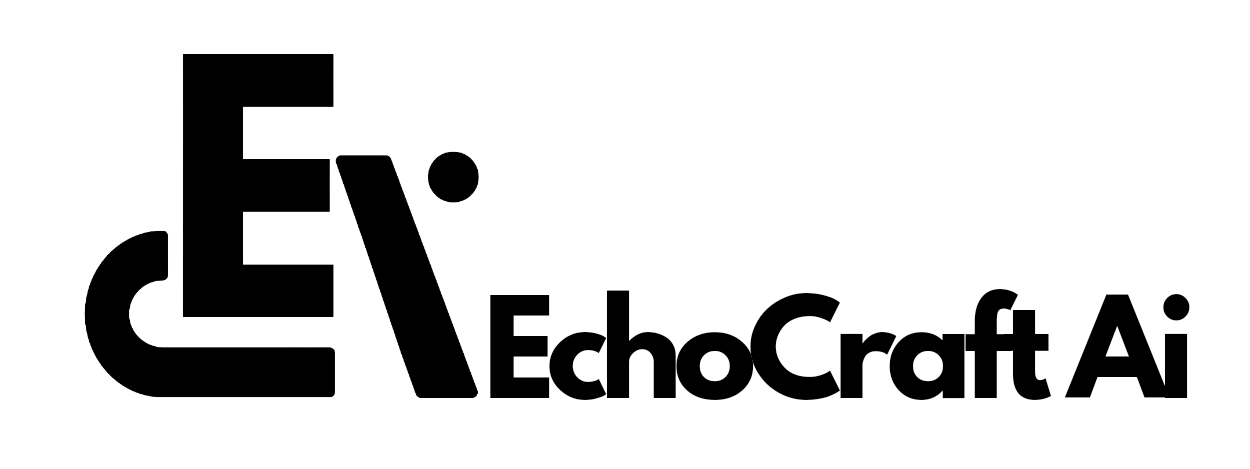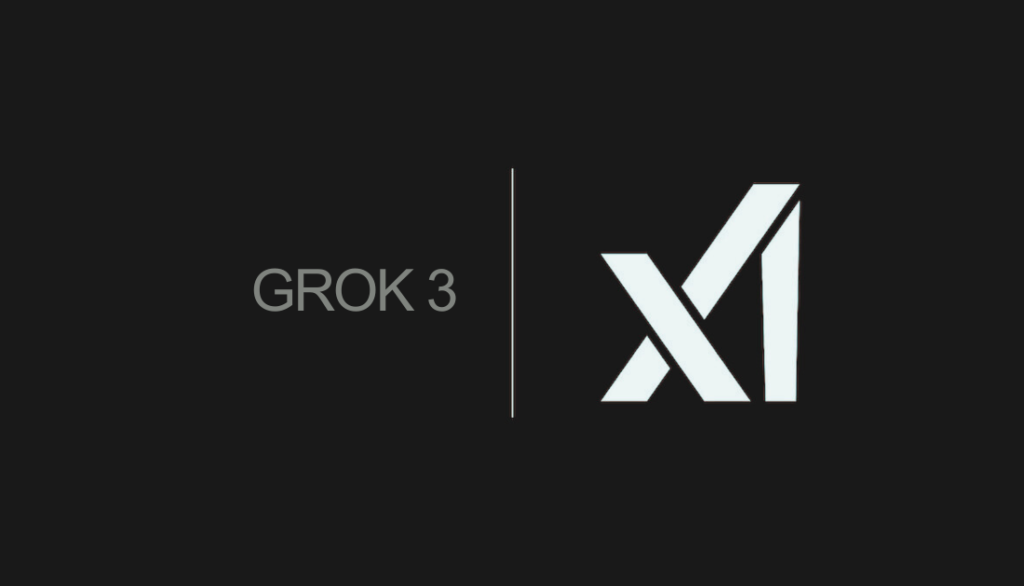Elon Musk’s xAI, has introduced Grok 3, the latest iteration of its AI model, along with new features for the Grok app on iOS and the web.
The release positions xAI in direct competition with established AI models such as OpenAI’s GPT-4o and Google’s Gemini.
Grok 3 has undergone months of development, utilizing a large-scale data center in Memphis equipped with around 200,000 GPUs for training.
According to xAI, the model was trained with significantly more computational power and a broader dataset than its predecessor, Grok 2.
Key improvements include enhanced reasoning capabilities, image analysis, and overall performance refinements.
Unlike previous versions, Grok 3 is a family of models rather than a single model. Variants such as Grok 3 Mini prioritize speed, while Grok 3 Reasoning and Grok 3 Mini Reasoning focus on problem-solving accuracy.
These specialized models are designed for technical applications like mathematics, science, and programming, competing with OpenAI’s o3-mini and DeepSeek’s R1.
xAI claims that Grok 3 outperforms GPT-4o on benchmarks such as AIME (mathematical problem-solving) and GPQA (PhD-level science questions).
New Features and Subscription Plans
Grok 3 introduces “Big Brain” mode, which enables more complex reasoning by utilizing additional computational resources.
Another feature, DeepSearch, allows users to scan the web and the X platform to generate research abstracts. These tools are positioned to compete with OpenAI’s research-oriented AI features.
To access Grok 3, users must subscribe to X’s Premium+ tier. xAI has also introduced SuperGrok, a premium subscription priced at $30 per month or $300 per year, which offers additional reasoning queries and unlimited image generation.
Additionally, xAI plans to launch a voice mode within the next week, enabling real-time AI conversations. Grok 3 will also be available via xAI’s enterprise API for businesses and developers.
Musk reiterated xAI’s commitment to open-source AI development, announcing plans to release Grok 2’s model weights once Grok 3 is deemed stable.
This approach contrasts with the closed-source strategies used by OpenAI and Google.
Competitive Landscape
During its launch event, the company presented benchmark results suggesting Grok 3 outperformed models like DeepSeek R1, OpenAI o1, and Gemini-2 Flash in areas such as mathematics (AIME’24), science (GPQA), and coding (LCB Oct-Feb).
The model incorporates an advanced reasoning system designed to improve problem-solving accuracy.
xAI states that Grok 3 has been refined with reinforcement learning, allowing it to self-critique, verify solutions, and apply structured reasoning to technical problems.
Grok 3 Mini
Grok 3 Mini offers three distinct modes:
- DeepSearch – A real-time research tool capable of retrieving and analyzing information from multiple sources.
- Think – Optimized for logical reasoning and structured problem-solving.
- Big Brain – A module designed for creative tasks, such as developing new games and coding applications.
Scaling AI Development with a Supercomputer
To power Grok training, xAI initially planned to use 65,000 NVIDIA H100 GPUs but later expanded to 100,000.
The model is expected to run on xAI’s Colossus supercomputer, built within eight months. xAI states that this infrastructure enables training on synthetic datasets, improving response accuracy and minimizing AI hallucinations.
Availability and Future Plans
Grok 3 is currently accessible to X Premium+ users, with the SuperGrok subscription providing additional features. The AI will be available through a dedicated website and app, with an Android version currently in pre-registration.
xAI has announced upcoming features, including voice interaction, which is set to launch within the next week. Musk also hinted at Grok’s potential integration with SpaceX, suggesting that the AI could assist with space missions in the future.
AI Alignment and Neutrality
During the launch event, Musk reiterated his vision of AI contributing to scientific discovery and existential inquiries.
He also addressed previous discussions about AI bias, stating that earlier versions of Grok were influenced by the training data, which consisted largely of publicly available web content.
xAI has stated its goal of making Grok-3 more politically neutral, though whether it achieves this remains to be seen.


